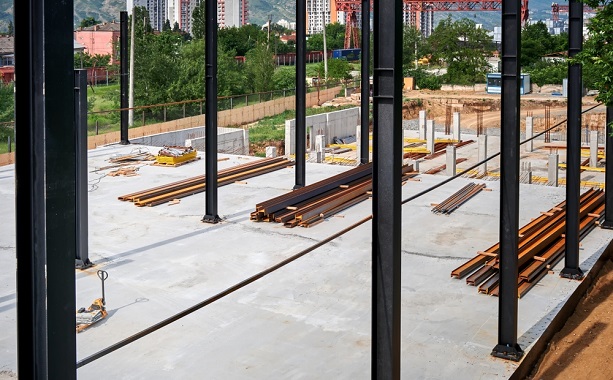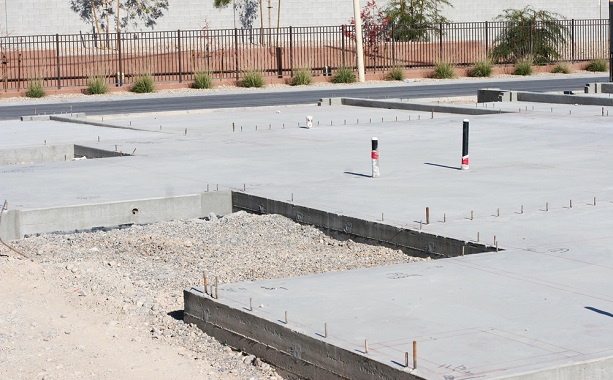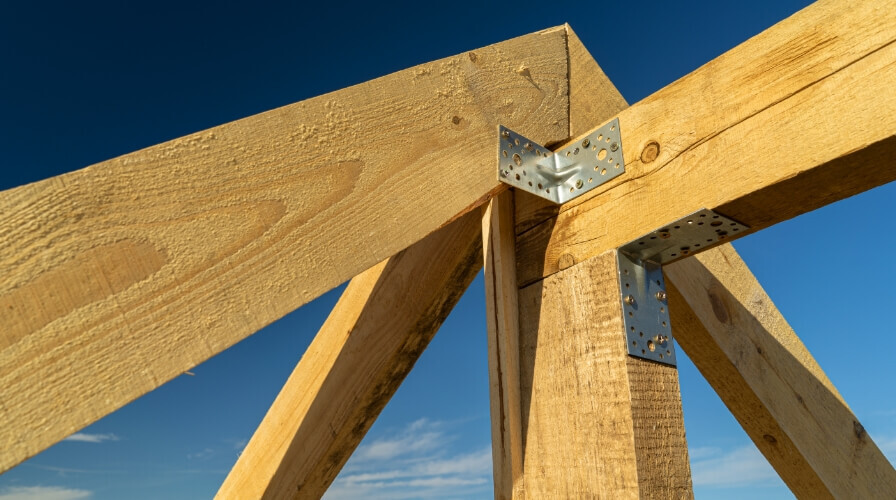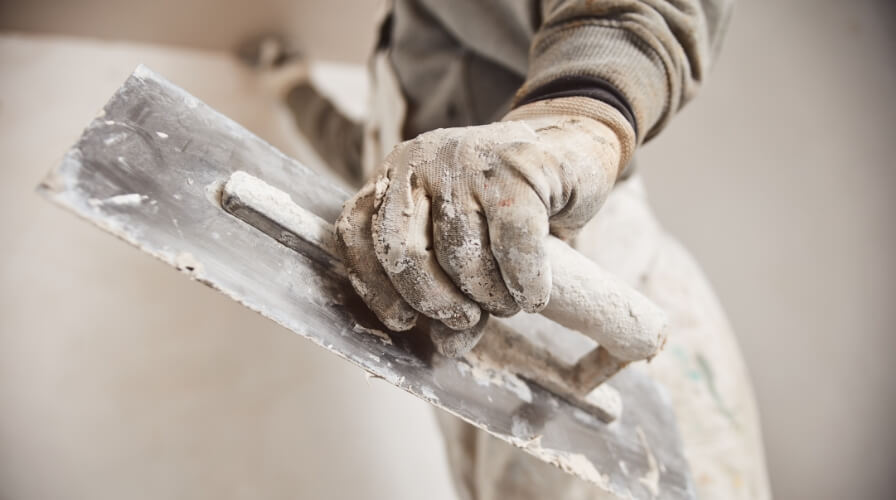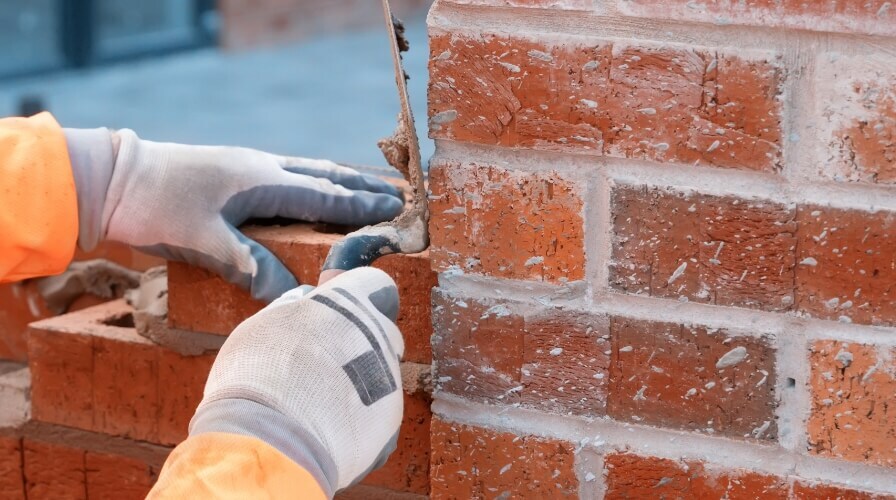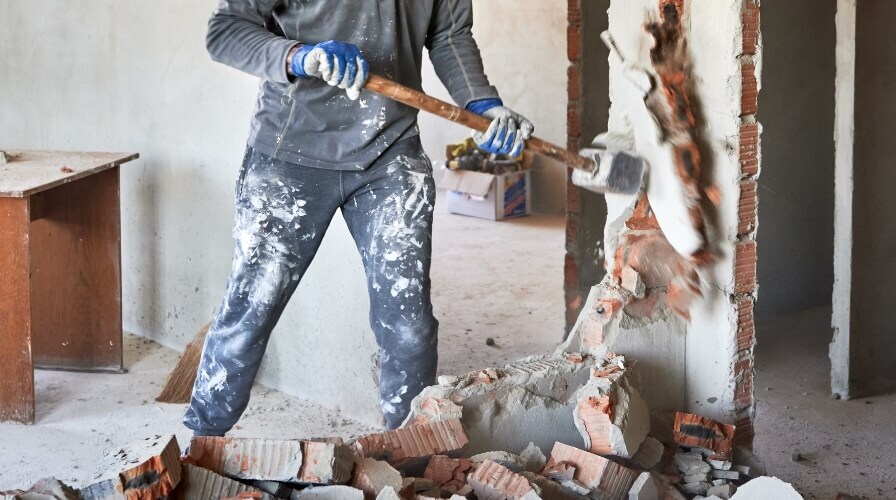Complete guide to pad foundations
Foundations are the first part of a construction project and one of the most critical elements. Every structure needs strong foundations to create a solid base for building safety and stability.
Pad foundations transfer the weight of the building down into stable rock or soil.
There are two forms of foundations — shallow foundations and deep foundations. The type of foundation you need depends on the building design and loading requirements, ground conditions, site access and how close the site is to other buildings.
Concrete pad foundations are often used in commercial and industrial warehouse builds, and for residential projects like timber frame kits. Find out more about pad foundations below but please just note – this is general info. Every project is different so if you are at all unsure about your particular project it’s best to seek appropriate specialist advice. Where applicable work must be carried out by a qualified professional. Always follow manufacturer’s instructions advice and ensure compliance with any applicable laws or regulations.
